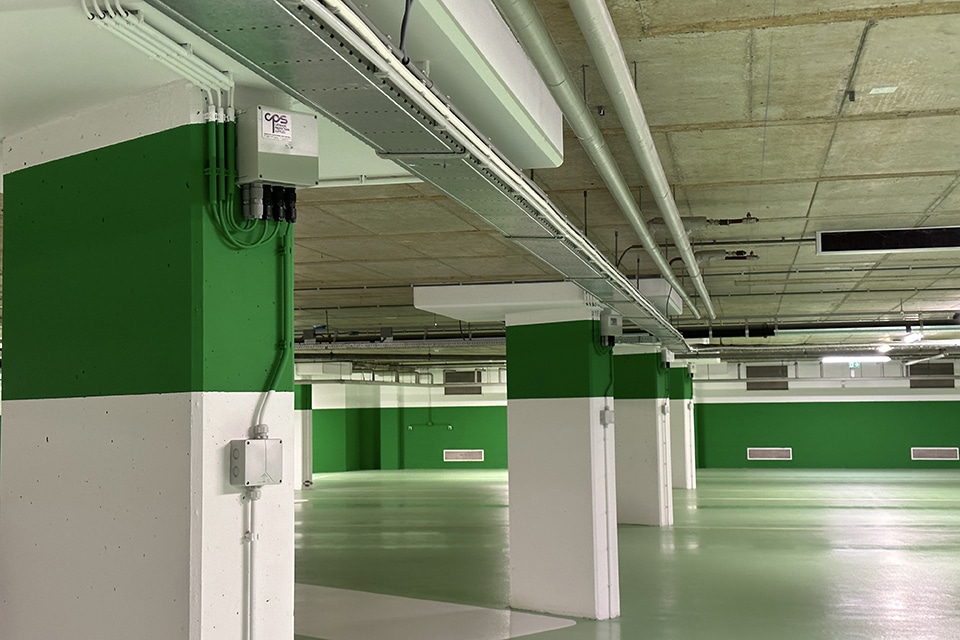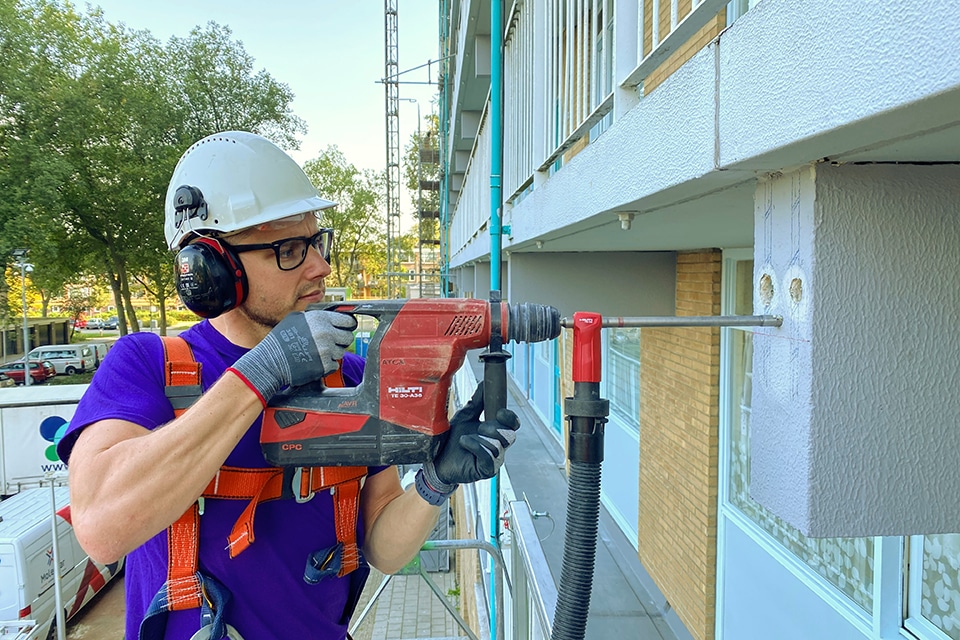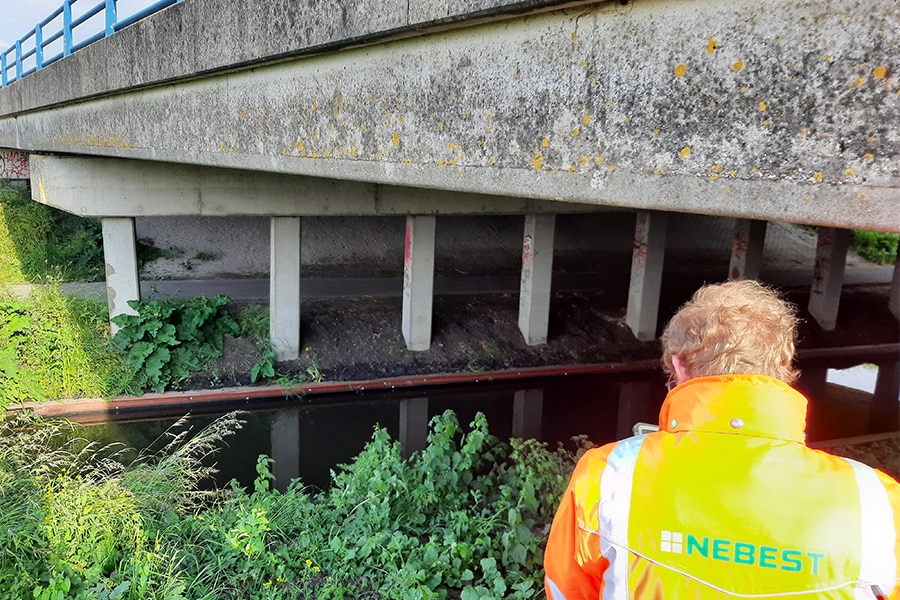
More reliable, sustainable and lower costs through standardization
Cathodic protection
Whether bridges or tunnels, consoles supporting balconies and galleries of residential flats or beams and columns in industry: everywhere in the Netherlands concrete structures are in poor condition and maintenance is a matter of great social importance. Replacing everything with new construction is not an option, so we will have to make do with existing structures for longer. Many problems come from chloride degradation of the reinforcement. To deal with that in a structured way, cathodic protection (RD) is an excellent solution. "But we need to standardize that to handle the scale of the problems," said Anthony van den Hondel of Cathodic Protection Supplies. "Moreover, this also allows the work to be performed by people who are less experienced without sacrificing quality. After all, experts are scarce and can provide more useful work in special cases."

Van den Hondel is a driven man. The disposable society in which we still live is an abomination to him, and so is the built environment. "Building for the short term, sometimes without maintenance; it may be a model that makes money, but that is no longer of our time. We are facing an immense maintenance task for our infrastructure and buildings, and we have to do it with fewer and fewer people. So I see it as my mission to contribute wherever I can to preserve concrete for as long as possible. What is there is our heritage, we have to be careful with that. Concrete also has a very large environmental impact, so preservation means environmental gain."
Growth
If reinforcement rusts and chloride is involved, cathodic protection (RD) is the only remedy, according to Van den Hondel. "This method was developed 40 years ago and the construction industry has had decades of experience with it. That started with a few large installations per year. Over time, that gradually grew to dozens of mostly smaller installations per year. KB ensures life extension of concrete, and thus more return on already invested CO2. With the enormous task facing the Netherlands, further application of KB is inevitable. And that is only possible by standardization of KB in the design and execution process. Large organizations such as Rijkswaterstaat and energy companies that manage multiple KB systems have the most to gain in this."

Benefits of standardizing
One palpable problem is the shortage of personnel. "Because of aging, knowledge is draining away and new technical staff is hard to come by," Van den Hondel said. "We therefore need to work smarter, not harder, and this can be done by properly securing the technology we have built up over the past few years in consistent processes and practices. By doing so, you reduce variation in execution methods, data collection and monitoring, which leads to more efficient management of the facilities. The use of standardized designs allows contractors and technicians to work according to proven procedures that comply with the ISO 12696 standard. This increases the reliability and durability of KB systems. You also simplify the design process with standard designs, quite handy at a time when RD designers are scarce. Standardized systems are also easier and faster to install, which again reduces labor costs. Reducing design errors and streamlining the installation process also further reduces costs."
Nijkerker Bridge
A practical example of standardization is the application of KB to bridges and viaducts. Van den Hondel: "RWS's 'Doen' project resulted in the successful maintenance of the Nijkerker Bridge, where replacement - with the accompanying long-term inconvenience - was also an option. Part of the success was due to applying KB to those sections that had a maintenance problem with reinforcement corrosion. New projects with KB are on the horizon, where the parts to be protected are similar in terms of construction method and problems. Here, RWS has already been working on standardized design principles that can be rolled out across other projects down the road."



